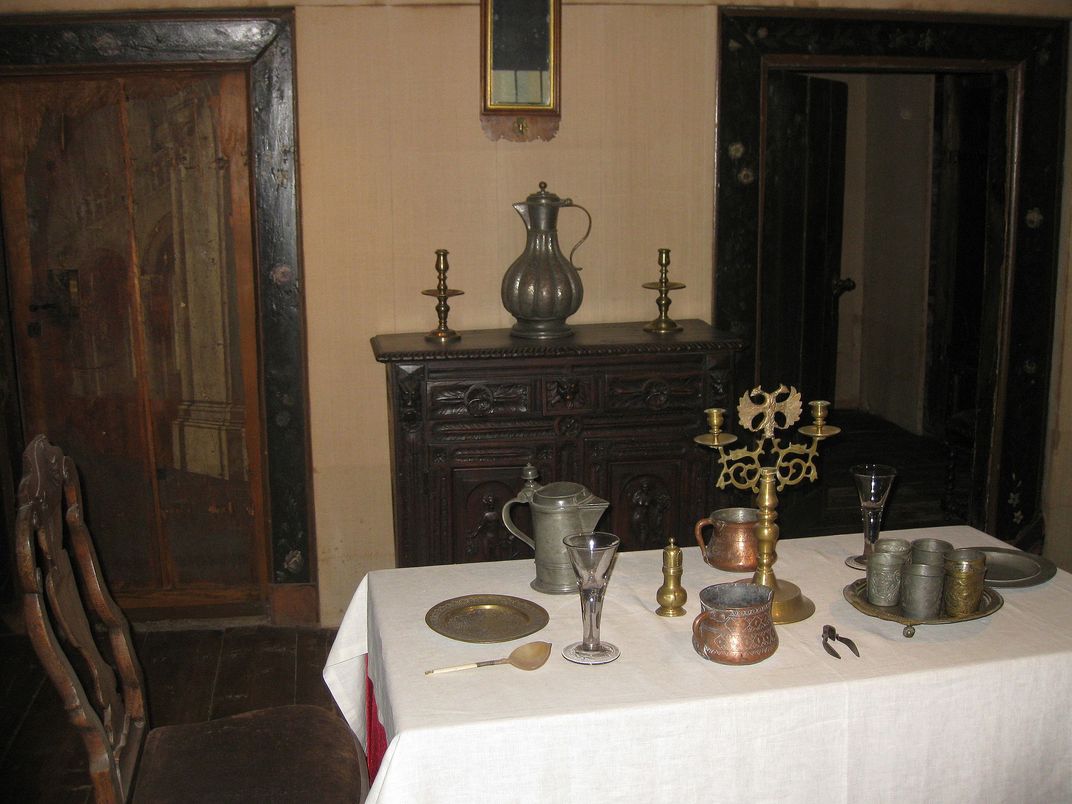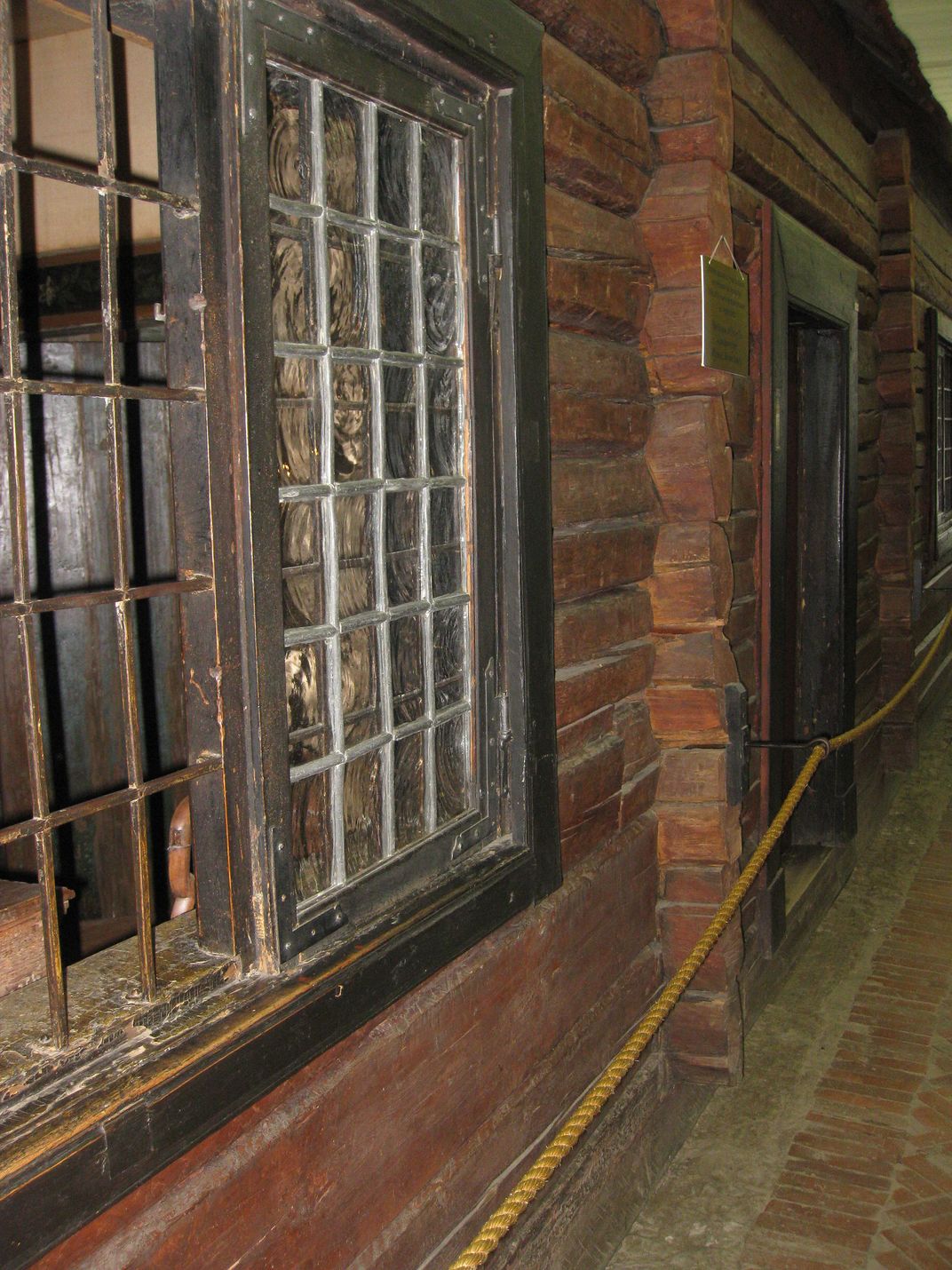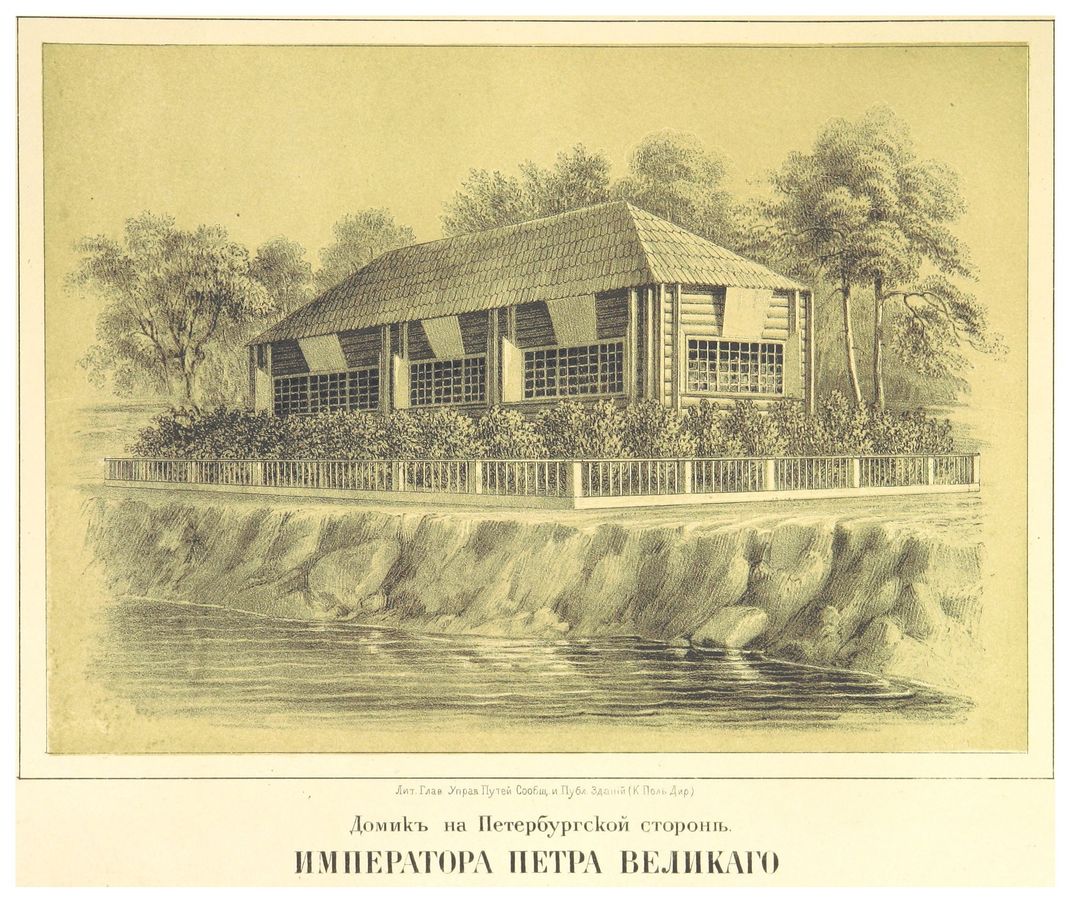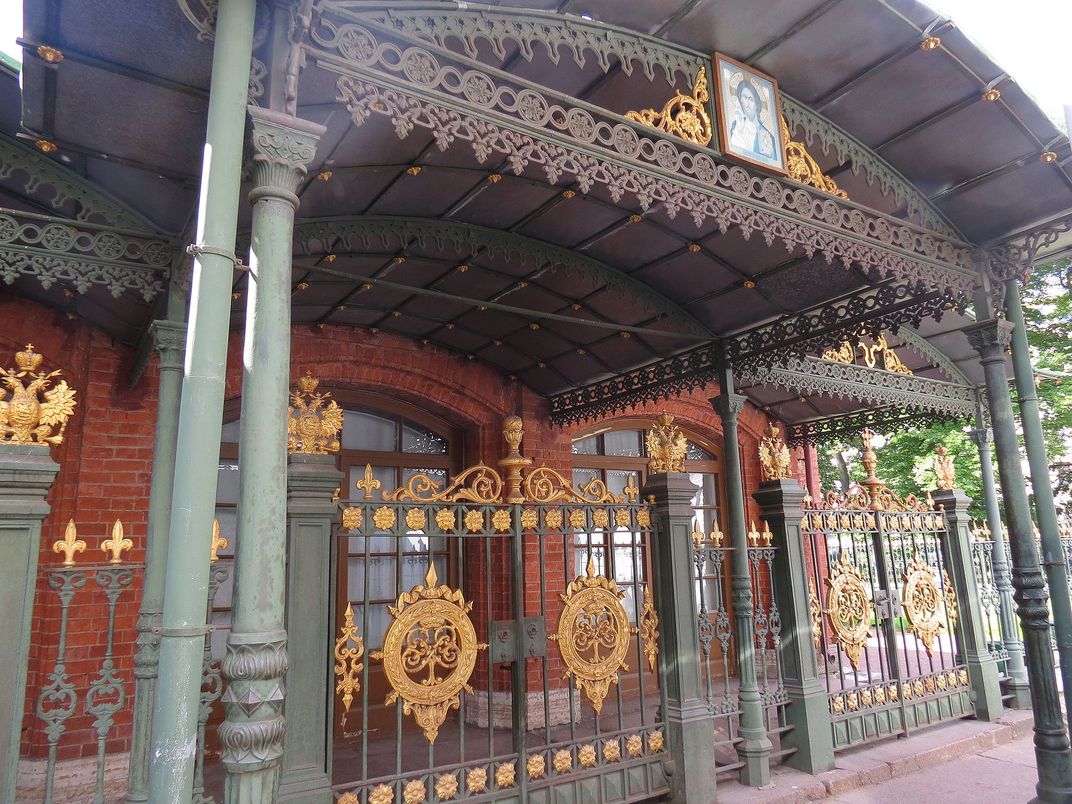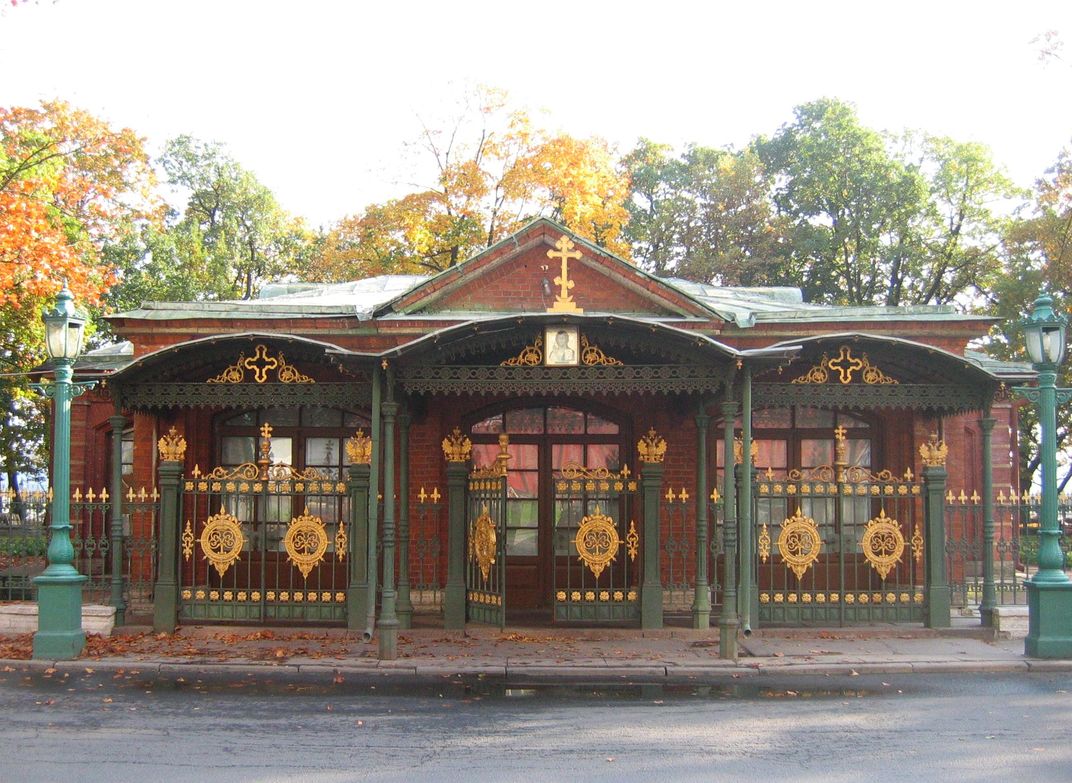This Cabin Could be the World’s Smallest Palace
Be it ever so humble, Peter the Great once briefly called it home
If there’s one thing the Russian city of St. Petersburg doesn’t lack, it's palaces. Buildings like the Winter Palace, the Mikhailovsky Palace, and the Stroganov Palace all hearken back to the opulence and grandeur of tsarist Russia, boasting fabulous stonework complemented by their lavish interiors. But right in the heart of the city, gazing over the Neva River, is a tiny wooden cabin that could very well be the oldest palace in the world.
Technically, a building doesn’t need to have soaring towers and lavish decorations to be considered a palace. According to the Merriam-Webster Dictionary, the primary definition of a palace is simply “the official residence of a chief of state (as a monarch or a president).” As such, the Cabin of Peter the Great would certainly qualify.
Just a few weeks after Tsar Peter the Great captured a Swedish fortress on the Neva River in 1703, he decided to build his own city on the site. He named it Saint Petersburg and though it eventually became the capital and crown jewel of tsarist Russia, at first it was little more than a marshy, riverside settlement. Even so, as tsar, Peter needed his own personal residence. In just three days, workers built him the cabin that still stands near the Neva today, Nikki Lohr writes for Untapped Cities.
Peter’s cabin is tiny – only about 710 square feet, or the size of a decent New York City apartment. While it might look like just another log cabin at first, the building is actually a strange mix of traditional Russian architecture and Dutch design, whom Peter greatly admired, according to Saint-Petersburg.com. In fact, Peter modeled the city’s design after Dutch cities like Amsterdam, going so far as to discouraging people from building bridges across the Neva River so they would be forced to traverse the city by boat, Lohr writes.
As much as he loved Dutch architecture, when Peter first set down roots in the settlement that he would one day make his capital, he couldn’t afford to build his home from stone or brick masonry, like the Amsterdam buildings he so admired. Instead, he had his workers paint the cabin to look as if it were made from bricks, with horizontal rows of white separated by thin strips of red paint. Though Peter the Great only lived in the cabin for a few years before upgrading to a bigger and better palace, in 1723, he encased it in a stone pavilion to protect it from the weather, according to the Russian Museum.
The Cabin of Peter the Great has seen plenty of change in the centuries it has stood next to the Neva: it has survived everything from the upheaval of the Russian Revolution to the Siege of Leningrad (as the city was called under the Soviet Union) and it still stands to this day. Now the cabin is a museum paying tribute to the city’s founder and contains many of his belongings. The cabin may be the world’s smallest palace, but it is still grand in it's own way.
